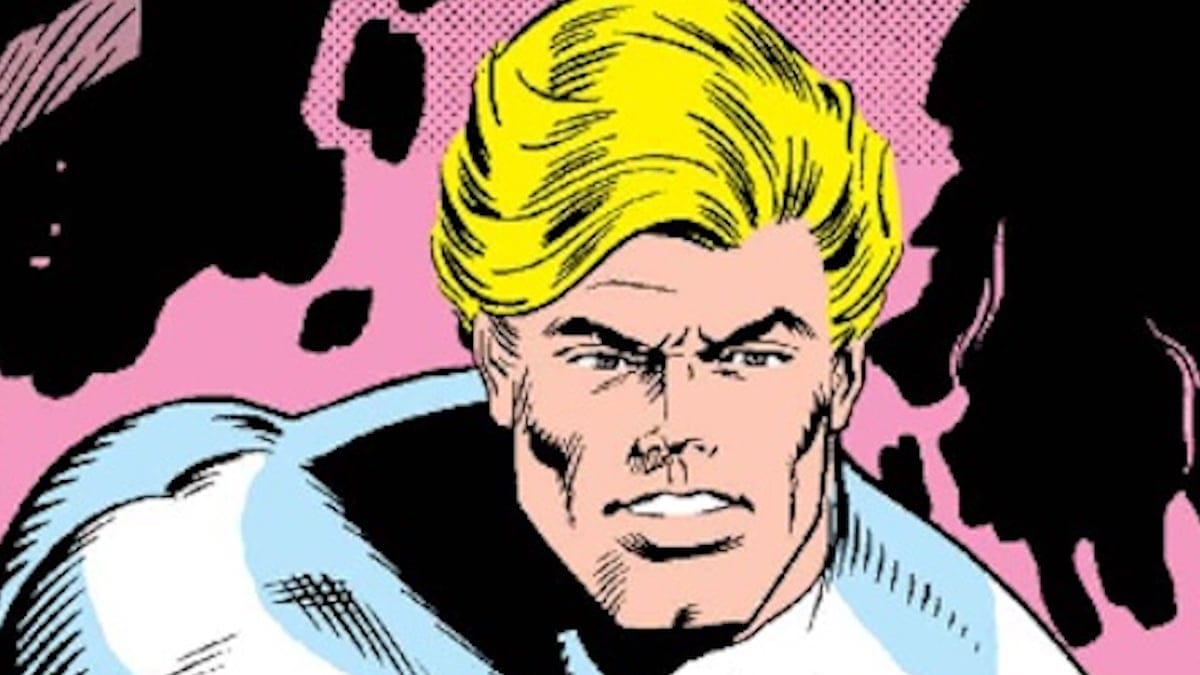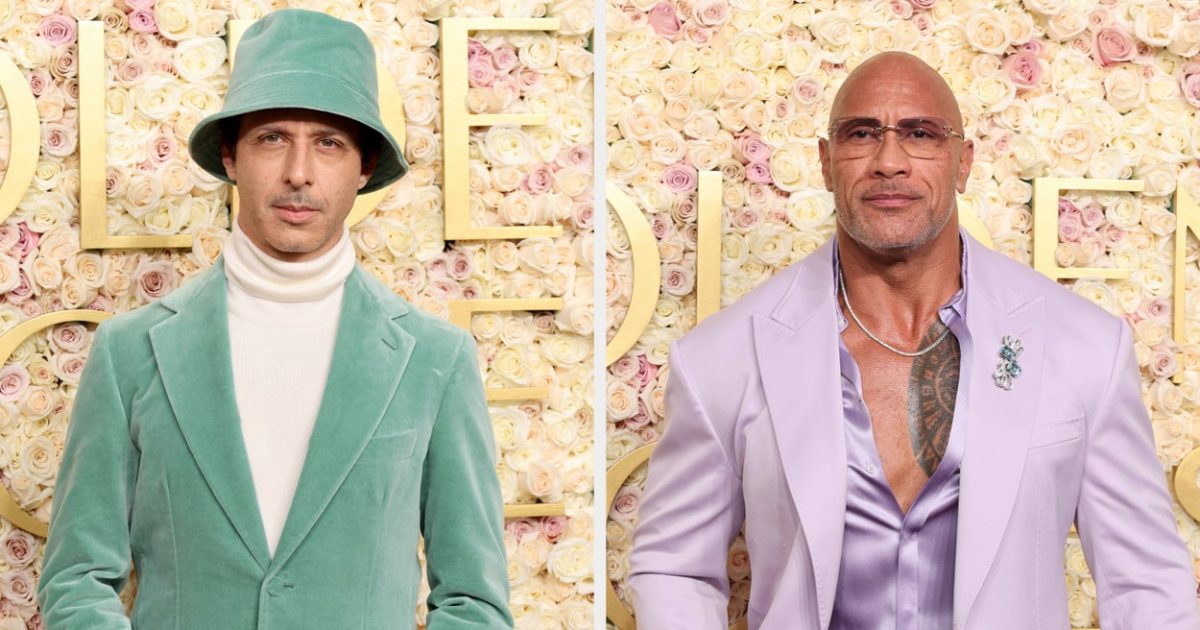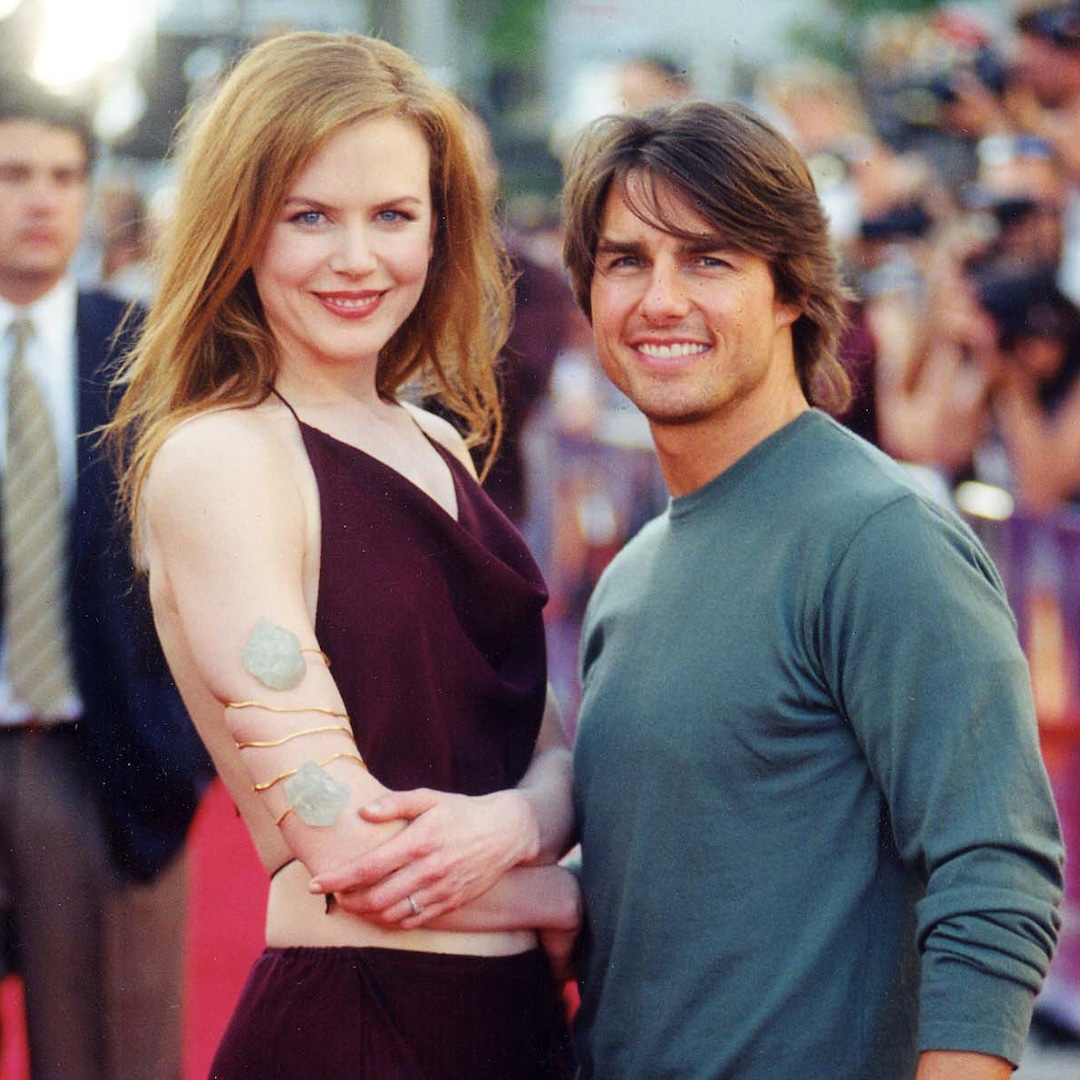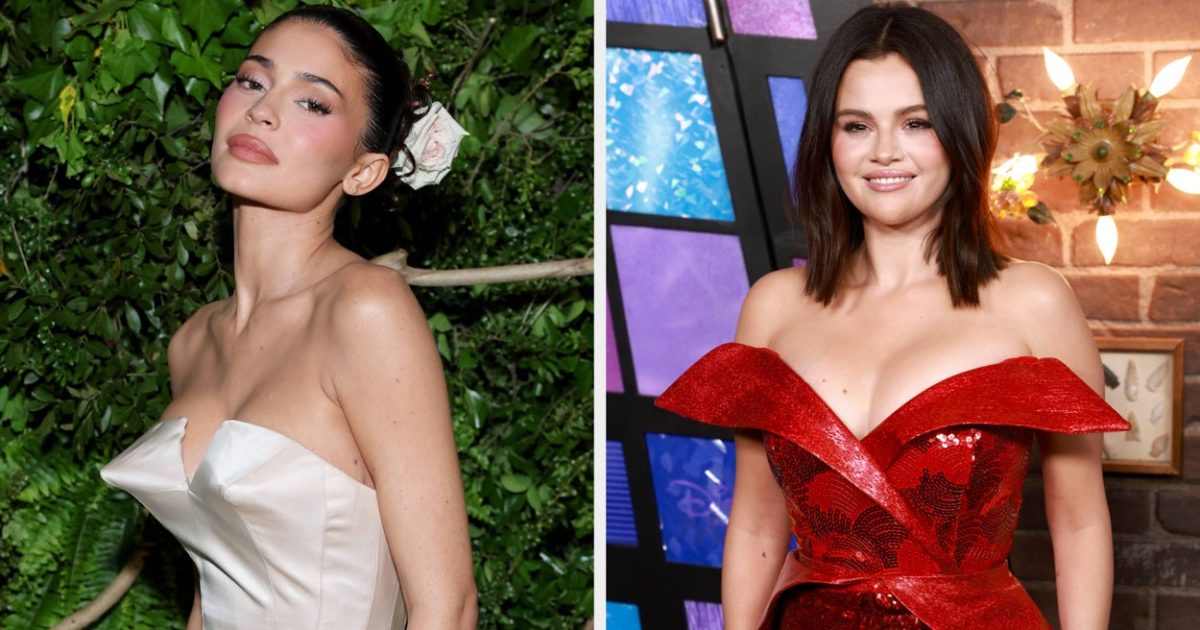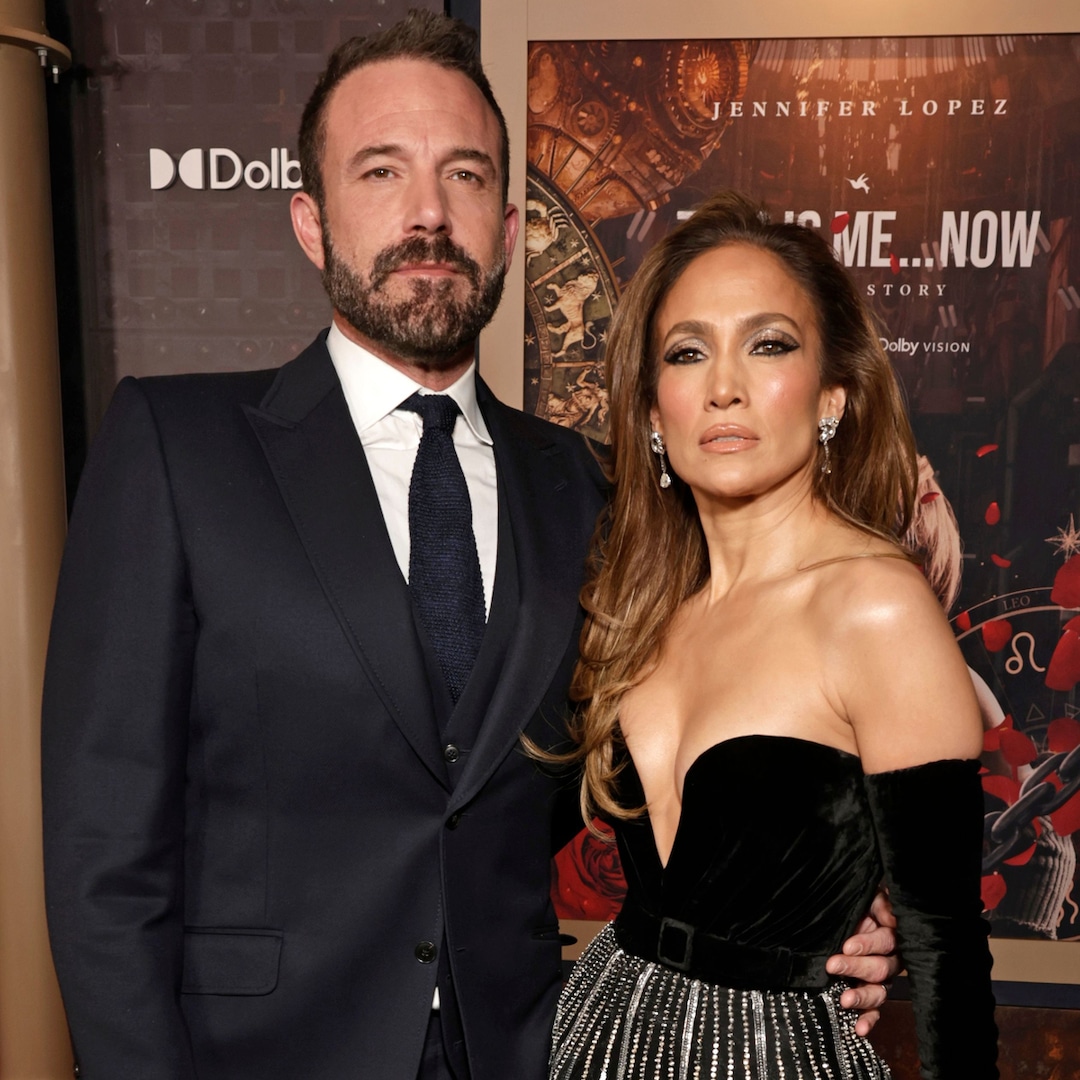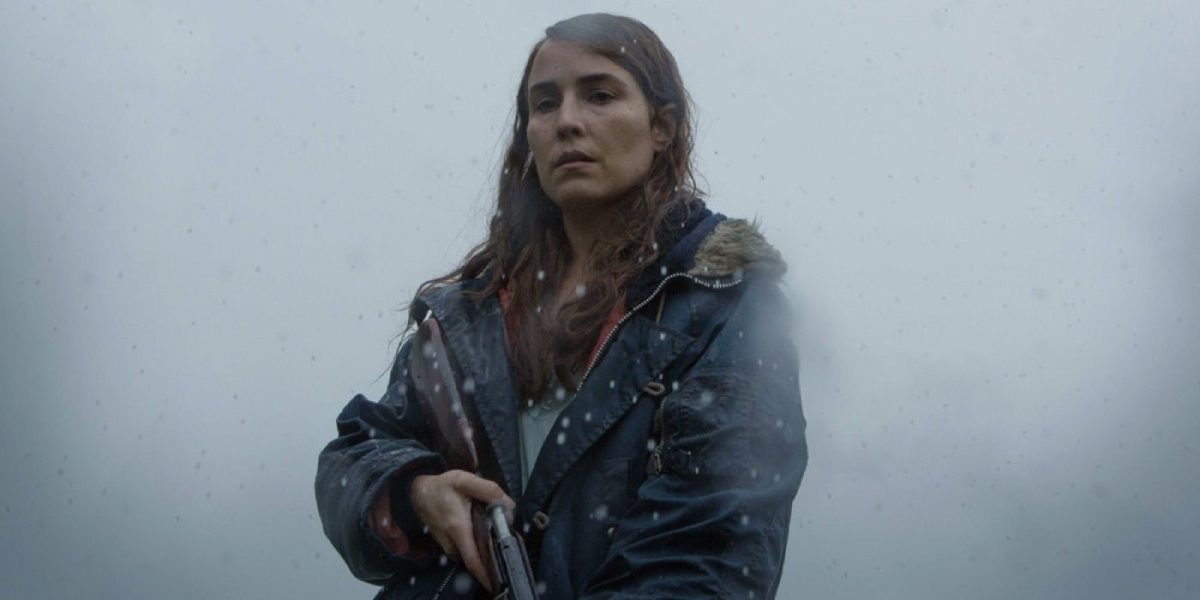
This Haunting A24 Horror Movie Subverts Everything You Know About Folktales
Jun 27, 2024
The Big Picture
A24’s
Lamb
subverts the fairytale trope of stealing children, painting the aggressors as sympathetic while condemning their actions.
The film references folktales about animal-human transformations, blurring the inversion of natural symbols by reclaiming nature’s order.
Lamb
is filmed like a classical novel, with atmospheric cinematography that emphasizes the hollow quality of the characters’ picturesque lifestyle.
The quiet and thoughtful A24 horror movie, 2021’s Lamb, is a literature or folk student’s dream. The film envelops us into a twisted fairytale world that feels like it was conjured straight out of a classical folk novel. Its chilling storyline revolves around two classic folktale staples, stealing children and the amalgamation of a human and an animal, further referenced in a delightfully literary way by using intertextuality. Awe-inspiring Icelandic landscapes and pared-back frames are wrapped around this macabre tale, allowing each haunting beat to echo in the hollowness of the film’s atmosphere. But these natural connotations don’t stop at the film’s visuals, with nature and motherhood becoming rivaling presences in this folktale. Director Valdimar Jóhannsson’s feature debut is as outrageous and jaw-dropping as it is eerie, weaving fantastical elements into the traditional framework of a simple folktale while delivering a visually stunning piece that lends itself to a deep literary analysis.
Lamb A childless couple discovers a mysterious newborn on their farm in Iceland.Release Date October 8, 2021 Director Valdimar Jóhannsson Cast Noomi Rapace , Ingvar Eggert Sigurðsson , Björn Hlynur Haraldsson , Hilmir Snær Guðnason , Ester Bibi Runtime 106 minutes
A24’s ‘Lamb’ Subverts the Fairytale Trope of Stealing Children
Following a couple who adopts a half-ram newborn (well, steals her from her mother), Lamb’s storyline is reminiscent of traditional folktales. Maria (Noomi Rapace) and her husband Ingvar (Hilmir Snær Guðnason) live on an isolated sheep farm in Iceland, where they are currently aiding the birth of lambs. One such newborn ends up being a human and lamb hybrid, which they decide to take home and nurture, essentially abducting the child from its mother. This idea of stealing children is present in many traditional folktales, typically used as cautionary tales to keep children in line. However, this didactic trope is subverted in Lamb, as it isn’t necessarily a monster that steals the child, but rather the two human protagonists.
Interestingly, the film frames the parents in a sympathetic light, almost as if it was more humane for them to abduct the child from the more animalistic lifestyle. The bulk of the film follows their seemingly idyllic life with Ada (whose bleats and whimpers are voiced by Lára Björk Hall), as they continue their farm work and raise the child as their own. When Ingvar’s brother Pétur (Björn Hlynur Haraldsson) arrives at the farm and ridicules their decision to raise Ada, even he begins to change his tune, as his attempt to kill her turns into a twisted bonding moment instead. We also discover that the couple had lost a daughter a year ago, also named Ada, and thus this sordid tale of abduction is almost rendered as a hopeful second chance at parenting. The family dynamics, though portrayed as sweet, are entirely unsettling with the kidnapping hanging over them, amplified by the fact that Maria had also killed Ada’s biological mother.
Related Your Favorite A24 Horror Films Wouldn’t Exist Without This Folk Horror Trilogy A24’s horror output has been defined by experimental sensibilities, but they were clearly inspired by these three folk-horror classics.
Though the film subverts the traditionally moralistic message of this particular folk trope, it slightly returns to it in the karmic ending. Without spoiling too much, the film closes out with a haunting shot of Maria standing against the cloudy sky, distressed yet resigned, suggesting she has accepted her fate, but also rendering her powerless in the face of the grand natural order.Lamb engages with this folk staple in a nuanced way, painting the aggressors as sympathetic while simultaneously condemning their actions. It still features the simplicity of a fairytale storyline, but its execution makes the film feel thoughtful and delicate, allowing for this nuance of sin and grief alongside the dark trope of stealing children.
‘Lamb’ References Folktales About Animal-Human Transformations
This dark fairytale storyline is also embellished with intertextual references that are pertinent to the idea of humans and animals transforming into one another, associated with Ada’s hybrid state. During the film, we see Maria reading the novel Heart of a Dog by Mikhail Bulgakov, a Soviet-era satire that revolves around a man trying to make his dog more human-like via surgery — a feat that only causes more distress. Though the main discourse in the novel is around the political environment of Russia at the time, there are also implications of what happens when humans intervene with nature. Similarly, Maria’s intervention in the mother-daughter relationship between Ada and her mother becomes unnatural and violent. Both works also speak to humans giving into their human nature: Where Heart of a Dog’s protagonist indulges in the human craving for progression and mastering science, Maria sinks into her desperate maternal instinct, justifying her actions with it.
We also see Ingvar reciting the Icelandic fairytale of The Story of Dimmalimm by Gudmundur Thorsteinsson, where Princess Dimmalimm befriends a swan which causes the curse placed upon it to break, revealing its true form as a prince. Variations of animals transforming into humans have been around for eons, from 1698’s The White Cat by French writer Madam d’Aubrey to the more recent renditions of Disney’s The Princess and the Frog. Usually, these become didactic tales of kindness for children that use the inversion of the natural order to facilitate their message. As such, Lamb demonstrates a similar undermining of natural symbols through Ada being a hybrid but blurs the traditional inversion by purporting that Ada is natural, and it is Maria and Ingvar that become unnatural. In Lamb, the transformative subject isn’t supposed to be with humans and instead is reclaimed by nature — dictating the natural order in this world.
‘Lamb’ Is Filmed Like a Classical Novel
Lamb creates a moody and dread-laden atmosphere that leaves us with a heavy heart as we watch Maria and Ingvar play house with Ada. The brooding soundtracks are almost indiscernible, allowing us to unconsciously recognize the more sinister undertones at play without fully realizing them. This is doubled down by the distinct lack of dialogue and the chilly hues chosen for the shots, rendering everything we see on screen slightly more bleak and lifeless. It is unlike what we would expect from such a rich natural landscape. Where we would expect to see vibrancy, instead we see muted tones, even in the shot of Maria and Ada in a field of yellow flowers — a yellow that feels faded and drained of vitality. It’s as if nature cannot uplift itself in the face of this twisted show of motherhood.
However, it is the atmospheric cinematography that has the greatest impact, as it frequently pans out to the Icelandic landscapes of looming mountains and sparse plains. These wide shots create a sense of emptiness and isolation, making the remote farm the ideal setting for these fantastical elements. This sense of nothingness is amplified by the often pared-back or foggy backdrops behind characters in most of the scenes. The empty vastness behind them gives their seemingly picturesque lifestyle a hollow quality, emphasizing how it is sort of make-believe to go against the natural order. But the novel-esque quality of the film is amplified by the camera lingering at every shot it makes, holding onto each visual for a tad longer than necessary, reminiscent of the long florid descriptions you would find in a novel. It is almost as if the camera is delicately caressing the scene, echoing Maria’s longing to capture each moment of her motherhood while it lasts, as well as further emphasizing the pantomime quality of their manufactured life together.
What Are the Main Themes of A24’s ‘Lamb’?
Lamb portrays a clashing representation of motherhood, where the ewe’s maternal instinct is to find and protect her biological child, while Maria’s motherhood is wrought with grief and desperation, deforming it into something sinister. Of course, her treatment of Ada completely juxtaposes this, as Maria strives to become the perfect mother now that she has granted herself a second chance. But it is how her motherhood twists her humanity that makes it malevolent. It’s hard not to perceive the folktale as being an allegory for humans pillaging the natural world for their selfish needs, with the finale perhaps tying into natural disasters becoming some sort of karmic retribution. But with these allusions to a natural order and a twisted fairytale structure, Lamb delivers a haunting piece with ample symbolism and stylistic elements that any appreciator of the arts would eagerly dive into.
Lamb is available to buy now on Amazon in the U.S.
BUY ON AMAZON
Publisher: Source link
20 Best Dressed Men At The 2025 Golden Globes
20 Best Dressed Men At The 2025 Golden Globes The televised portion of awards season is here! On Sunday night, the Golden Globes were held in Los Angeles, kicking off what looks to be a lively next several months of…
Jan 8, 2025
Tom Cruise & Nicole Kidman’s Son Connor Shares 2025 Update in New Pic
Tom Cruise and Nicole Kidman's Son Connor Cruise Golfs With Crocodile in New PostTom Cruise and Nicole Kidman's son is teeing up for a great year. Connor Cruise recently kicked off 2025 at the links, swinging by Lost City Golf…
Jan 8, 2025
Celebrities With Their Own Companies
Celebrities With Their Own Companies Whether you aspire to be an actor or musician, getting the shot at a big break is hard enough. But managing to make a career outside of what you were already famous for? Now that's…
Jan 7, 2025
Jennifer Lopez Reunites With Ex Ben Affleck at His Home
Jennifer Lopez & Ben Affleck Reunite at His L.A. Home Amid EstrangementThis is a pair of friendly exes...now. Less than five months after filing for divorce from estranged husband Ben Affleck, Jennifer Lopez reunited with the two-time Oscar winner at…
Jan 7, 2025
